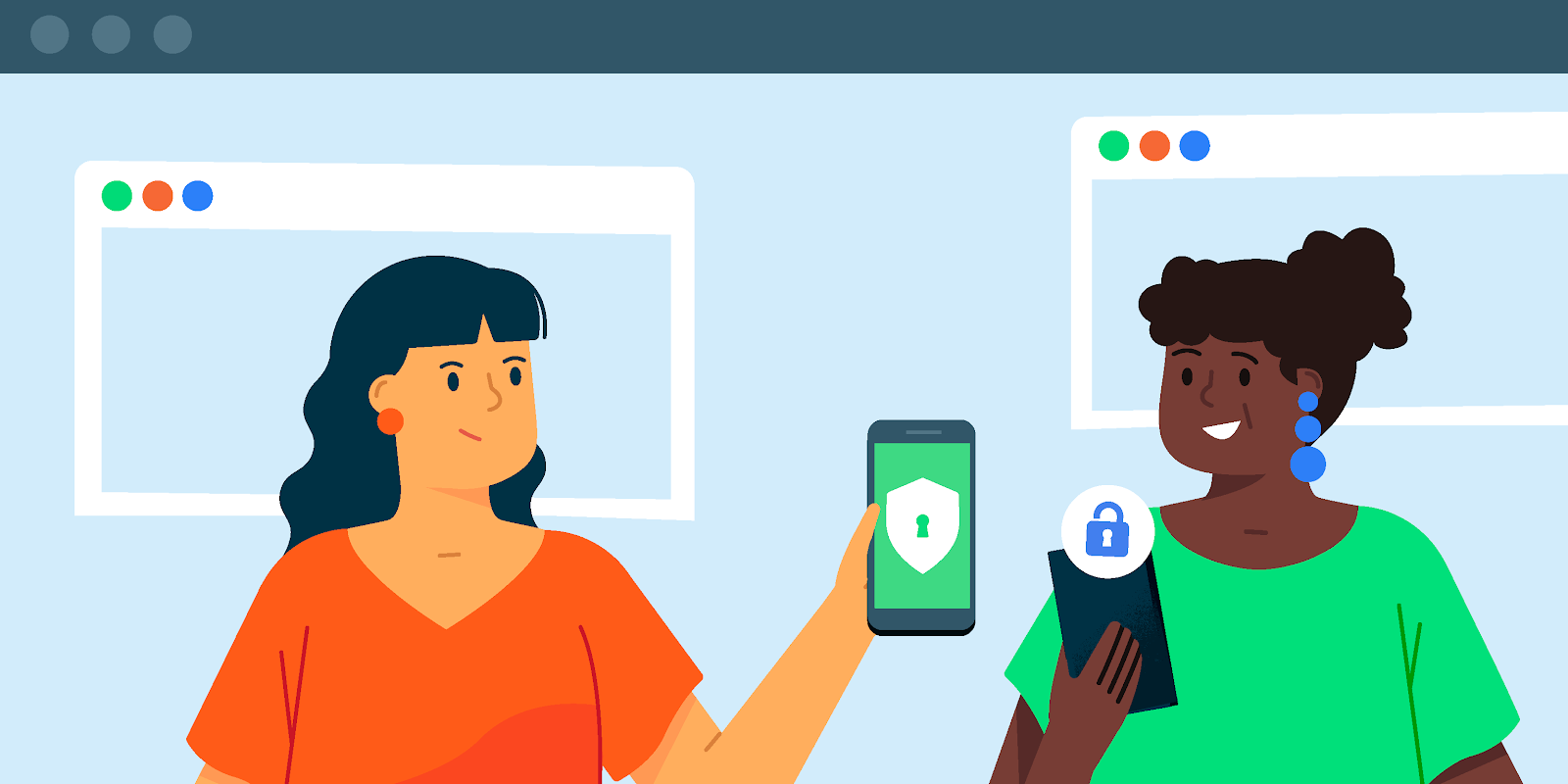Posted by Bethel Otuteye, Senior Director, Product Management, Android App Safety
It’s our top priority to keep Android and Google Play safe for developers to build successful businesses and provide quality apps and games to billions of users around the world. Over the past years, we’ve continued to share more tools to help protect your apps, evolve our policies to help keep people and their families safe and secure, and collaborate with you to build more private advertising technology.
We know it can be difficult to keep up with how quickly the privacy and security landscape evolves. So, we’ve been sharing more product and policy support, frequent updates about our work, and advance notice about changes. As we did last year, we’re sharing a preview of some of our key priorities that we’re excited to collaborate with you on, on the behalf of our shared users.
What we look forward to this year
Building a more privacy-friendly approach to advertisingLast year, we announced the Privacy Sandbox on Android, an industry-wide initiative to raise the bar for user privacy and ensure continued access to free content and services. Building on our web efforts, we’re developing solutions for digital advertising that limit user data sharing and don't rely on cross-app identifiers. We’re working closely with the industry to gather feedback and test these new technologies.
Now, we’re entering the next phase of this initiative: Rolling out the first Beta for the Privacy Sandbox on Android to a small percentage of Android devices. With the Beta, users and developers will be able to experience and evaluate these new solutions in the real world. See our developer guidance on how to participate in the Beta and follow our Privacy Sandbox blog for regular updates. We’ll continue to work in collaboration with developers, publishers, regulators and more as we navigate the transition to a more private mobile ecosystem.
Giving people more control over their dataDevelopers want to build consumer trust by showcasing responsible data practices in a way that’s simple and easy to understand. Over the past few years, we’ve helped developers provide more transparency around if and how they collect, share, and protect user data. This year, we’ll continue improving Google Play’s Data safety section with new features and policies that aim to give people more clarity and control around deletion practices.
You can also enhance your users’ safety by reducing the permissions you request for accessing users’ data. Your app can often leverage privacy-preserving methods for fulfilling its use case. For example, you can use the photo picker intent to allow users to select individual photos to share with your app rather than requesting access to all the photos on their device through runtime permissions. You can also start testing privacy, security, and transparency enhancements in our Android 14 Developer Preview 1. Stay tuned to our Android 14 and Google Play policy updates, as we’ll share more soon.
Protecting your apps from abuse and attacksDevelopers have told us that they want more help protecting their business, users, and IP. So, we’ve continued enhancing Play Integrity API and automated integrity protection to help you better detect and prevent risks, and strengthen your anti-abuse strategy. Developers who use these products have seen an average of over 50% reduction in unauthorized access of their apps and games. Get started today with the Play Integrity API. And, stay tuned for some highly-requested feature updates to integrity products and expanded access to automatic integrity protection.
Developers have shared that they want more help deciding which SDKs are reliable and safe to use. So, we’ve created ways for SDK providers to directly message you through Play Console and Android Studio about critical issues for specific SDK versions and how to fix SDK-related crashes. We’ve also launched Google Play SDK Index to give you insights and usage data for over 100 of the most popular commercial SDKs on Google Play. Soon, we’ll share even more information about sensitive permissions an SDK may use and whether specific SDK versions may violate Google Play policy. By partnering with SDK providers to build safer SDKs and giving you greater insight, we hope to help you and your users avoid disruptions and exposure to risks.
We’re proud that together with developers, we have made Google Play a trusted destination for families to find educational and delightful experiences for kids. Over the past years, we’ve launched new features, expanded our programs, and evolved our policies to improve app experience and strengthen privacy and security protections. This year, you’ll continue to see improved ways for Google Play to help families discover great apps and more policy updates to protect kids’ safety. Stay updated through our policy email updates and PolicyBytes videos.
We continue to emphasize that developers and apps should only collect and use data that’s required for their apps to function and provide quality user experiences. This year, you’ll continue to see new permission and policy requirements. Stay updated through our policy email updates and PolicyBytes videos.
Fostering developer innovation, while keeping users safe
As a platform, we’re always looking to understand the challenges developers face and help them bring innovative ideas to life. While Google Play already hosts a variety of blockchain related apps, we’ve increasingly heard from developers who want to introduce additional web3 components, including the tokenization of digital assets as NFTs, into their apps and games. With any new technology, we must balance innovation with our responsibility to protect users, which is why we’ve begun conversations with developer partners to assess how potential policy changes could responsibly support these opportunities. As always, engaging with developers is an essential part of how we evolve our platform and maintain a safe, transparent, and trusted experience for our shared users. We hope to have more to share in the coming months.
Giving you a better experience with our policies and Console
We’re continuously improving our policy communication, support, and experience. We’ve recently introduced a new Play Console feature to give you more flexibility and control over the app review process. This year, we’ll provide even more features and support.
Developers have shared that they want a place to ask questions and hear from others. So in February, we opened up the Google Play Developer Community to all developers in English so you can ask for advice and share best practices with fellow developer experts. Developers have shared positive feedback about this new forum, and we welcome you to sign up to be a Product Expert (select Play Console as your product and English as your language).
We’re also expanding our pilot programs like the Google Play Developer Helpline pilot, which provides direct policy phone support. Today, we’ve expanded the pilot to nearly 60,000 in 26 countries (16,000 more developers and 9 more countries since November). We’ve completed nearly 5,000 policy support sessions with developers and with a satisfaction score of 90%.
And last, we’ve also been sending you more notices and reminders about upcoming requirements to your Developer Console Inbox, so we reach you when you’re thinking about updating your app. This year, we’re also building a new feature to help you plan ahead about declarations.
We’ll continue to share updates with you throughout the year. Thank you for your partnership in keeping Android and Google Play safe and trustworthy for everyone.



 In Android 14, you should test your app UI with the maximum font size using the Font size option within the Accessibility > Display size and text settings. Ensure that the adjusted large text size setting is reflected in the UI, and that it doesn’t cause text to be cut off. Our
In Android 14, you should test your app UI with the maximum font size using the Font size option within the Accessibility > Display size and text settings. Ensure that the adjusted large text size setting is reflected in the UI, and that it doesn’t cause text to be cut off. Our 








